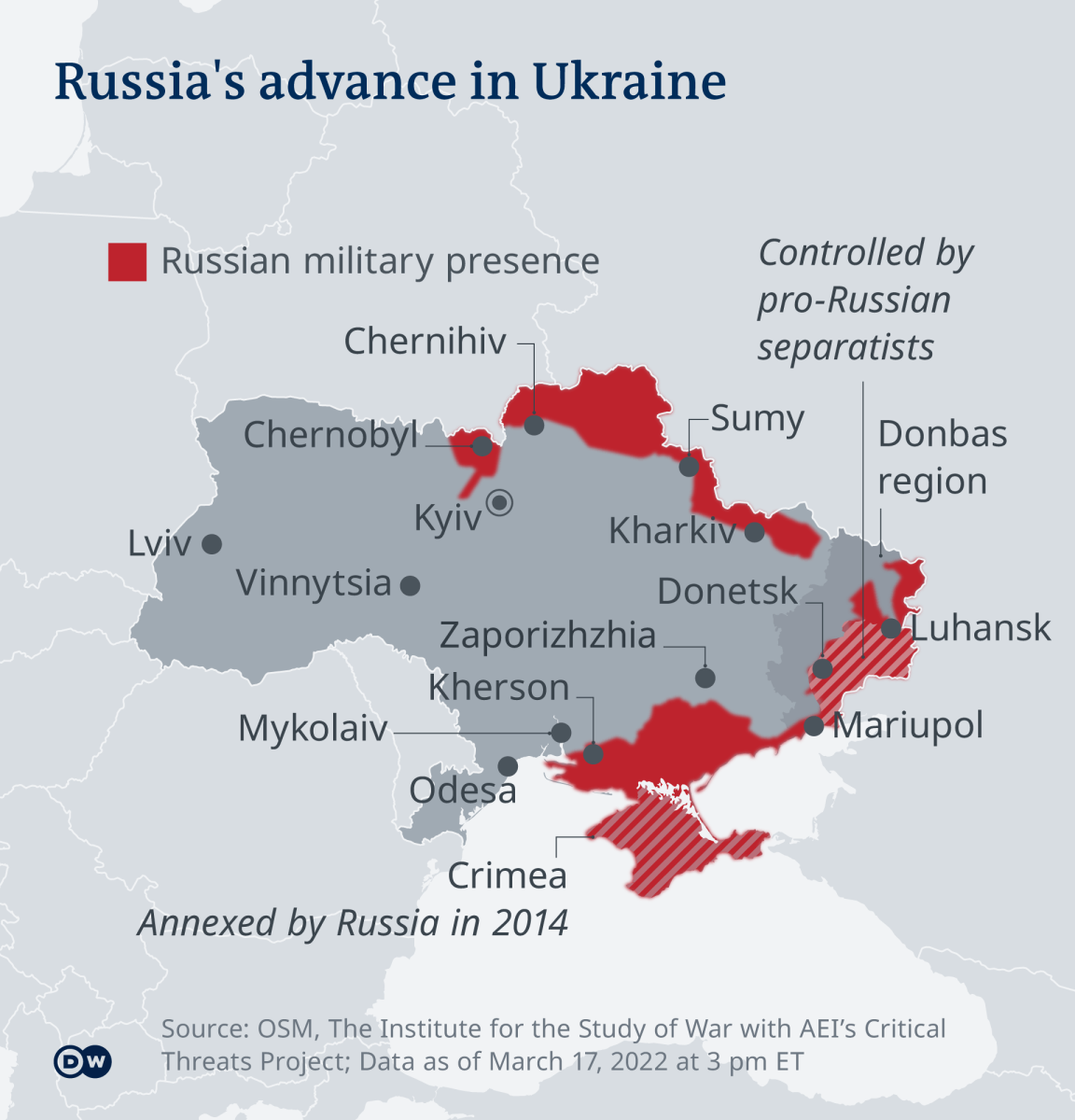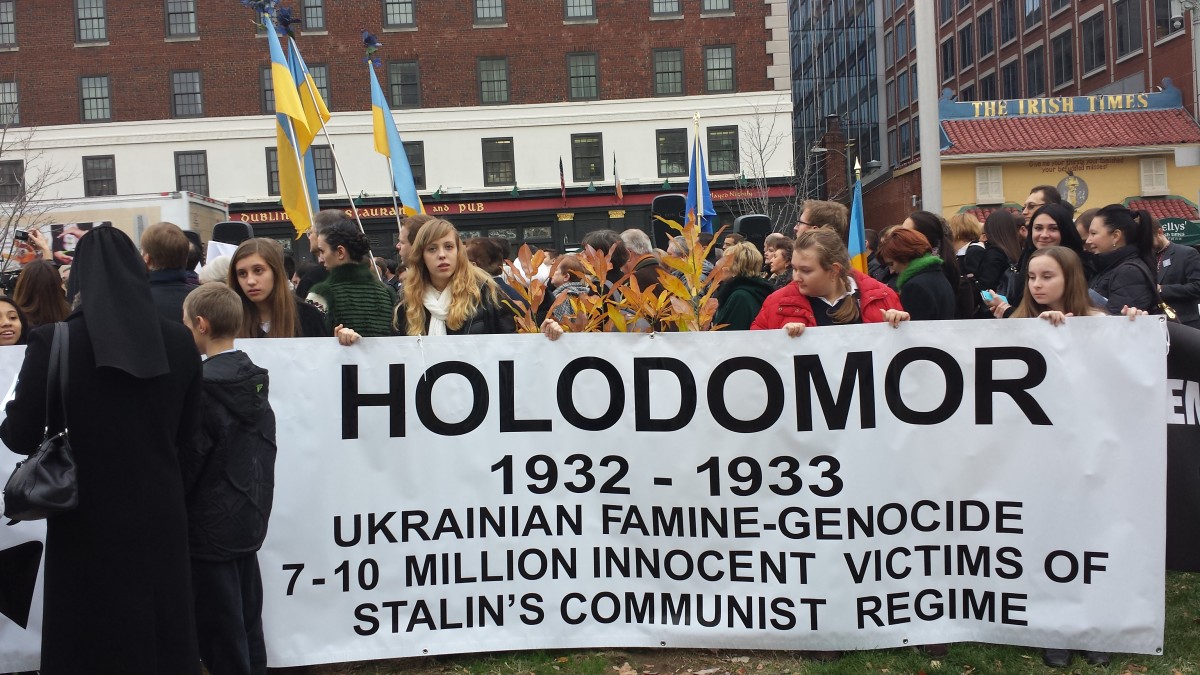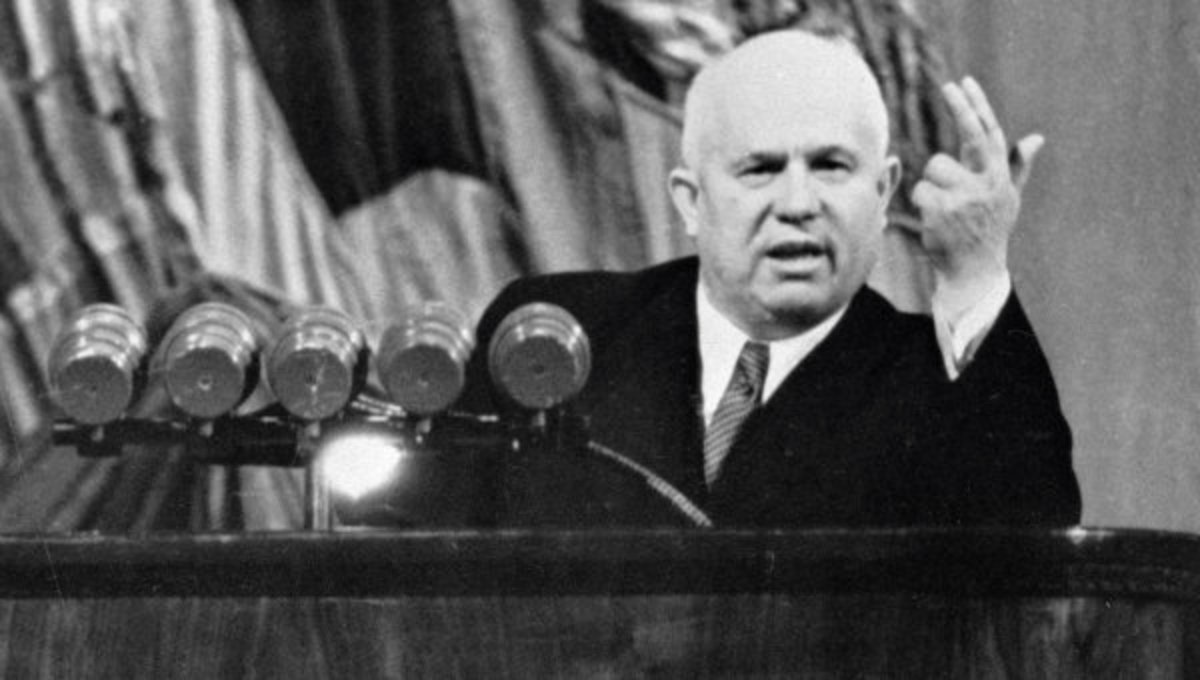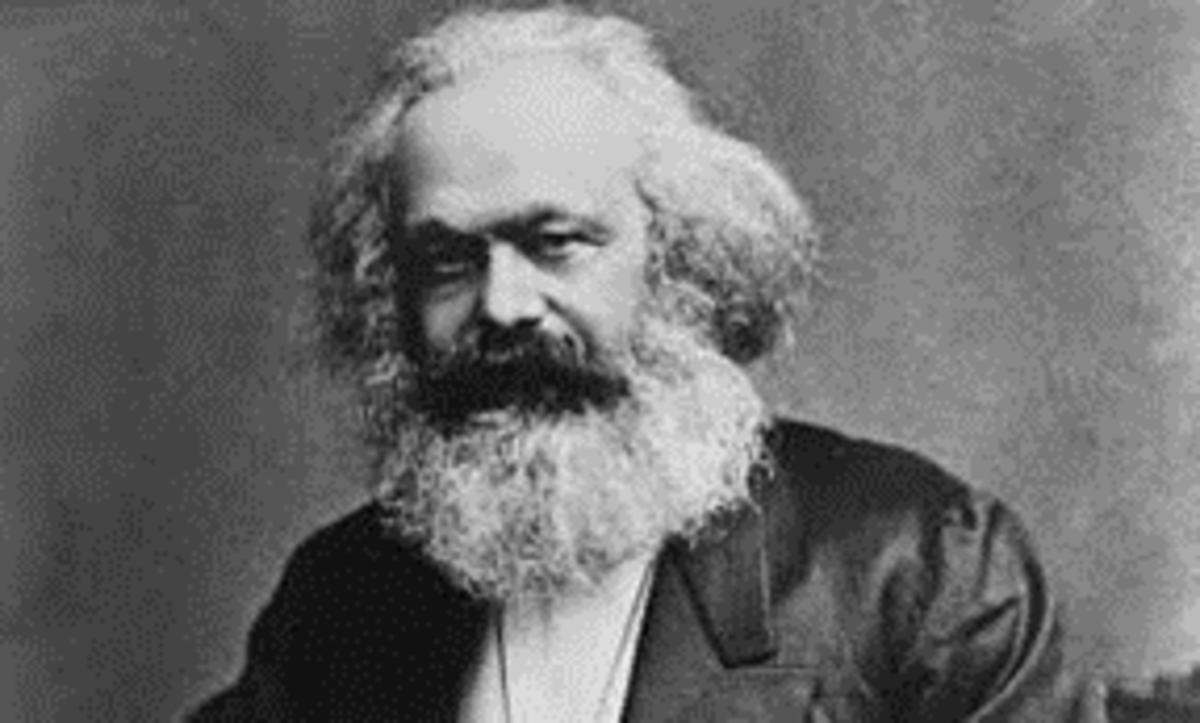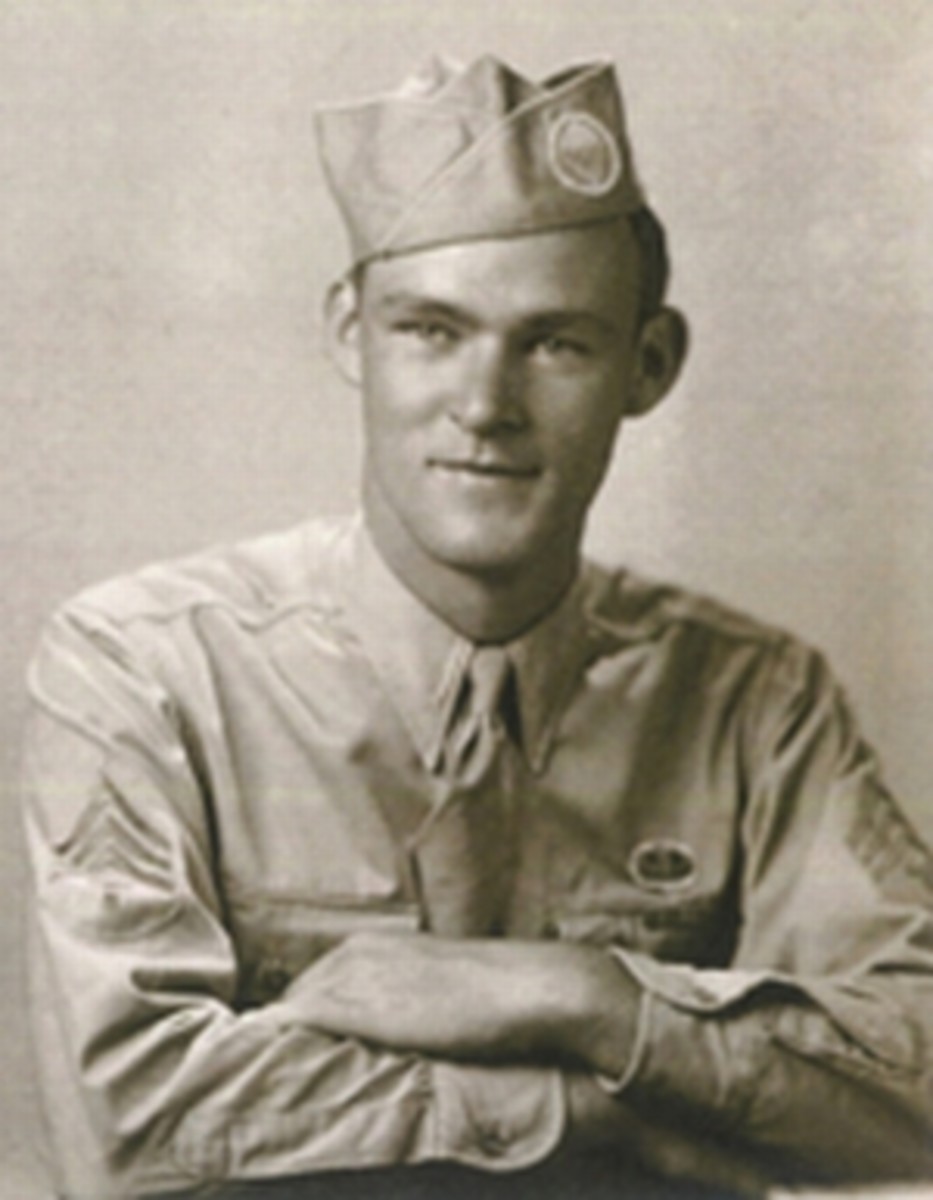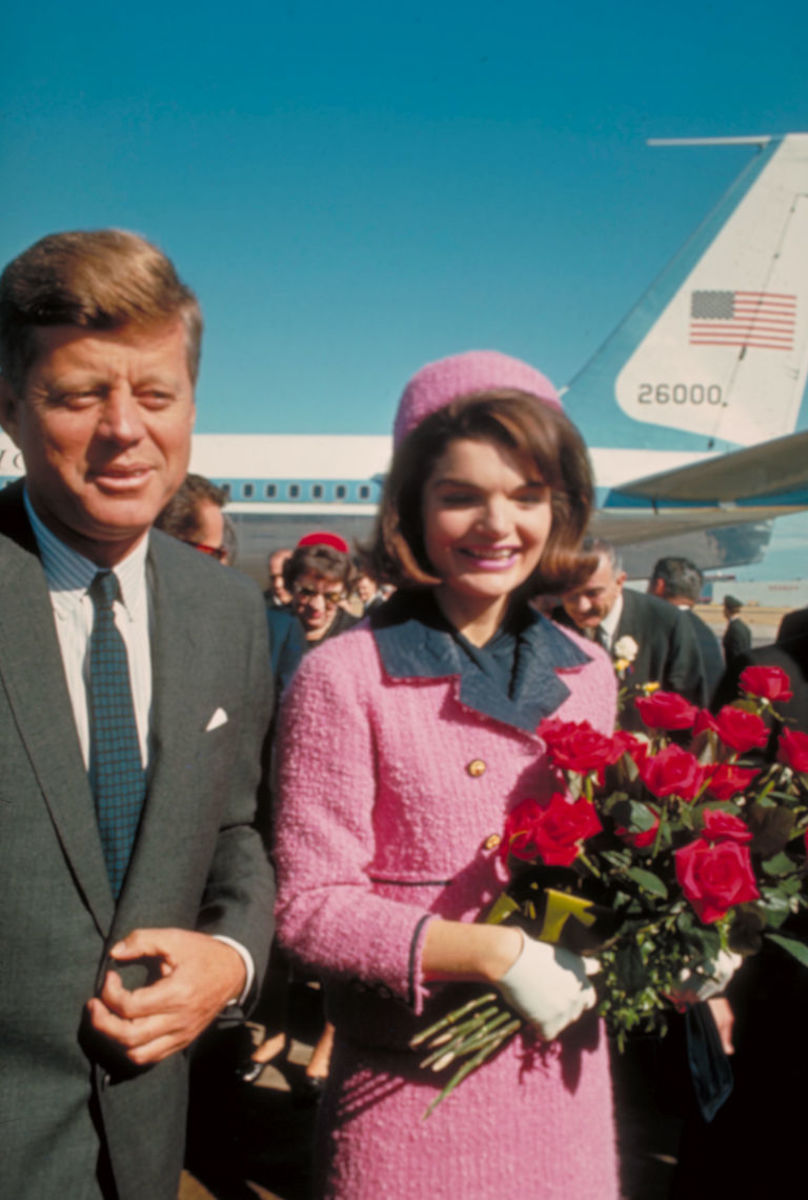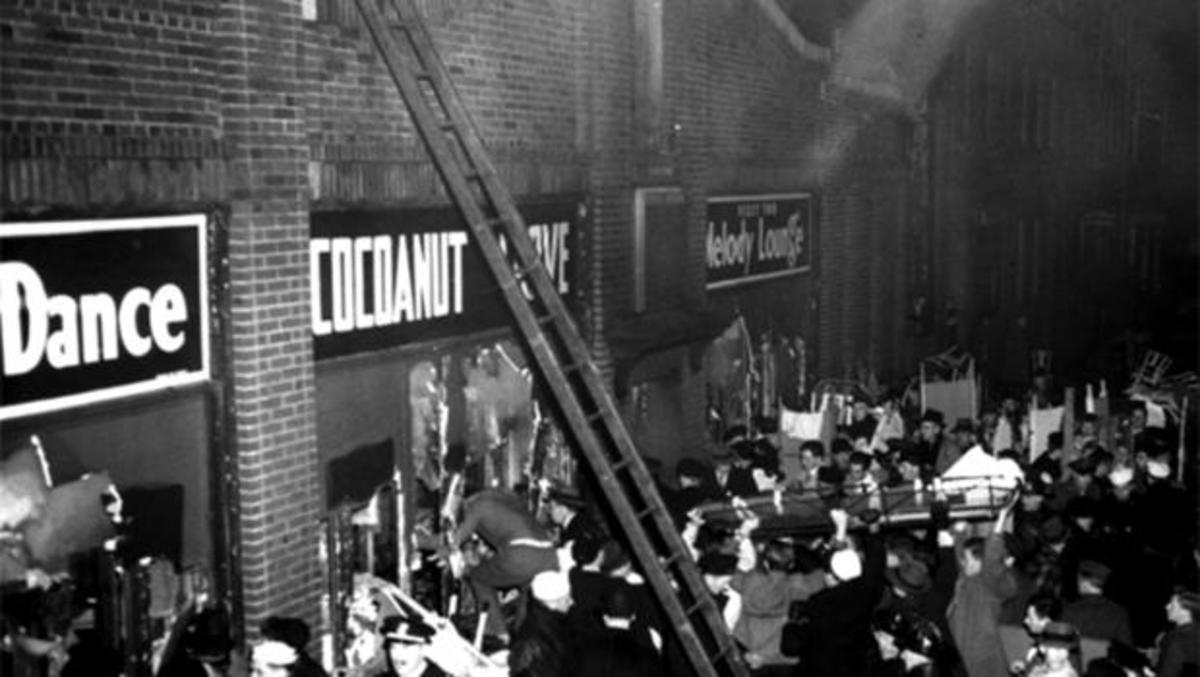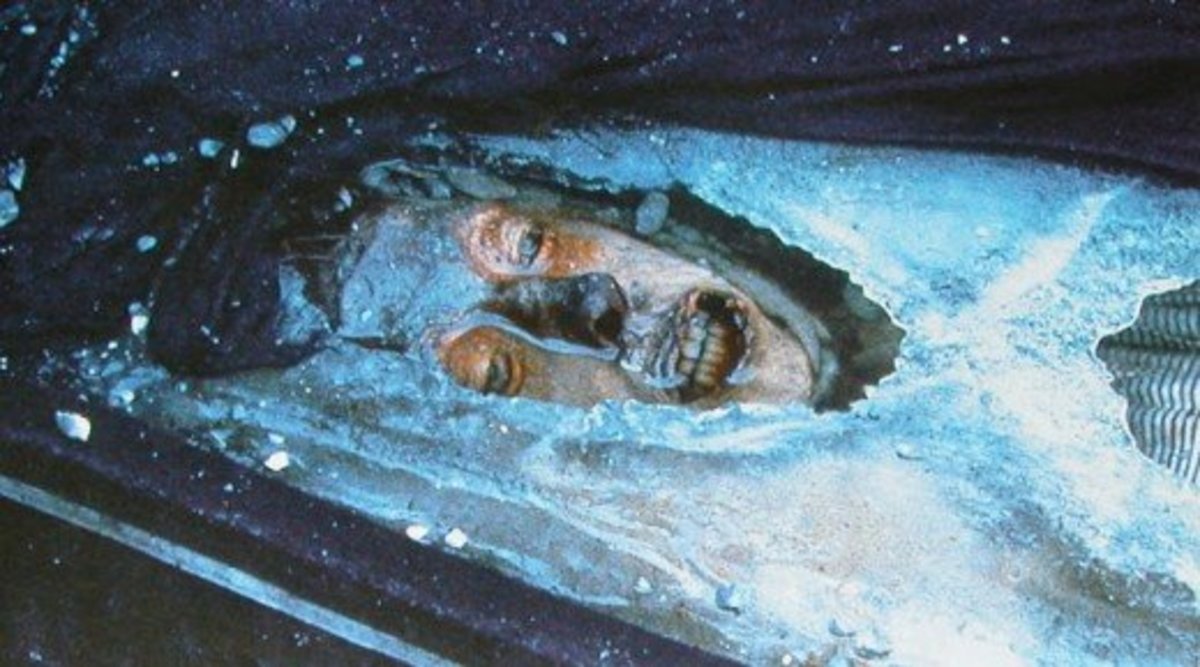5 Crimes Against Humanity Committed by Communist Governments
Communism, in its simplest definition, is an ideology according to which a communist society is established, where all property is owned by the community and there is an absence of social classes, money, and state. Communism was first established by Karl Marx when he first published a revolutionary pamphlet in 1848. Its title, “The Communist Manifesto”. Since then several countries have implemented these teaching with Russia being the motherland of Communism.
Russia was in turmoil during World War 1. The removal of Tsar Nicholas II was followed by the withdrawal of the Russian army from the great war with Lenin in charge. Lenin set out to implement the teachings of Communism on a widespread scale based on the teachings of Marx.
After World War II, communism spread beyond Russia’s geopolitical and social borders across Asia, Europe, and South America. Although not all of them are the same, each has been totalitarian and have resulted in the deaths of many. In this list, we will read about such atrocities committed by such countries
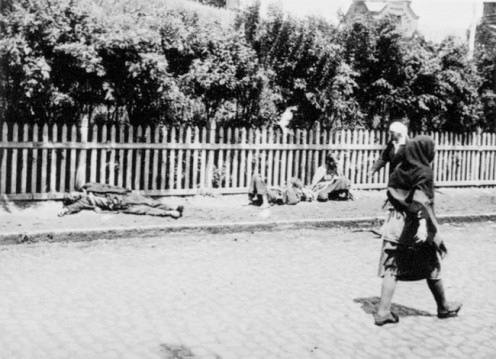
The Holodomor
Holodomor, translated from Russian, means to kill by starvation. Holodomor was a man-made famine that took place in Soviet Ukraine in 1932 and 1933. Also known as the Famine-Genocide of Ukraine, it was a part of several Soviet famine of 1932-1933, this affected several agricultural areas of the country
During the Holodomor, millions of inhabitants of Ukraine were killed. Though early estimates vary, up to 3 to 7 million ethnic Ukrainian were killed, about 13% of the population. The reason is up for debate. Some suggest that this famine was a consequence of the changes implemented by Soviet Russia. Some blame Stalin, that it was he who designed such a famine to exterminate Ukrainians.
In 1929, Stalin had implemented collectivization, which replaced privately owned property with state-run ones. Those who resisted-The Kulaks- were forcibly driven away from their homes and about 50,000 were deported to Siberia. Stalin wanted to transform Ukraine into his idea of a communist nation. But by 1932, everything went wrong. Ukrainian farmers were unable to miss the quota by 60 and Stalin ordered everything they owned to be seized, as written by historian Anne Applebaum. According to her, Stalin had already arrested thousands of Ukrainian intellectuals and had destroyed anything academic in Ukraine. Stalin used the gain shortage as an excuse to repress the Ukrainians further. By 1932, a decree targeted Ukrainian saboteurs which cracked down on inhabitants that used Ukraine as their official languages and cultural policies. Stalin ordered his army to search Ukrainian homes for grain. By 1932, the famine began. Many fled Ukraine to search for grain and food. Some died by the roadside while some were killed or arrested by the Soviet Army.
By 1933, only a third of farmers had their households left. Prison and labor camps were overflowing with runaways who were trying to leave the starving nation. Many died, starving for a grain of food. This genocide was denied by the Russian government but later on, was accepted as an atrocity committed by the Soviet government by the Ukraine government and 15 others.
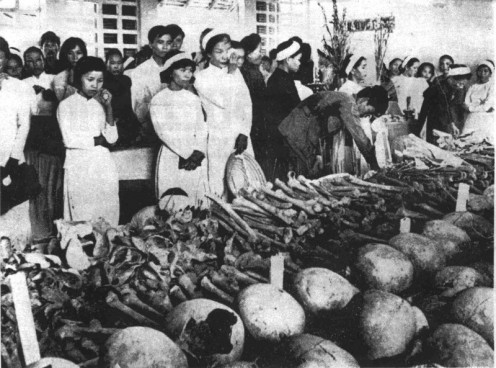
Massacre at Huế
The Huế Massacre was the name given to summary killings and execution committed by the Viet Cong during the occupation of the city Huế during the Tet Offensive. This massacre took place during the Battle of Huế.
During the Tet Offensive, the North Vietnam Army, the Viet Cong, had successfully attacked and captured Huế. During the occupation, many men, women, and children who were loyal to the South Vietnamese Forces, as deemed by the Viet Cong, were taken, prisoners.
The Viet Cong were ordered to keep them captives and help would be arriving from Hanoi. But around this team, the Southern Army was fighting back. With the help, if US forces, the battle took place between the Southern Vietnamese Army and Viet Cong at Huế is considered the bloodiest of the Vietnam War.
Many soldiers died. But the worse was yet to come. After the South Vietnamese Army won the fight, mass graves were discovered in and around Huế. These graves were hastily dug by the Viet Cong. And these graves, the bodies found belonged to those who were on the List.
This List was drawn up by the Political officers on the orders of the North Vietnamese government. The names on the list belonged to city clerks, teachers, officials and anyone suspected of showing loyalty to South Vietnam. It also included foreigners. The North Vietnamese government had ordered them to be rounded up and taken prisoners. Many didn’t know their fate but the North Vietnamese government knew. There was only one fate for the prisoners: kill them all.
Mass graves were discovered in and around the city. These belonged to innocent men, women, and children. The death toll estimated was between 2,800 to 6,000 or 5-10% of the population of Hue
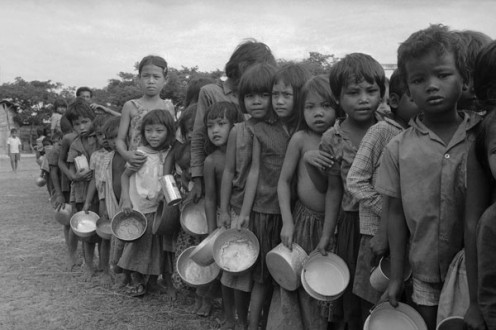
The Cambodian Genocide
The Communist Party of Cambodia, also known as the Khmer Rouge, came into existence due to the struggle against the French colonizers. In the year’s leading to the Khmer Rouge’s regime, the Vietnam War spilled over to Cambodia. In Match 1970, Colonel Lon Nol organized a coup and deposed the Prince. The Khmer Rouge allied itself with the Prince and with help from the Vietnamese beat Lon Nol’s forces. On 17th April 1975, the Khmer Rouge seized control for country and Pol Pot became the leader of Cambodia. In 1976, the Khmer Rouge changed the name of the country to Democratic Kampuchea. In order to fulfill their goals, the citizens were transported to camps and the cities were emptied.
The Khmer Rouge’s regime was brutal. They targeted out intellectuals and ethnic minorities but even those who were not able to work in camps were killed. Those who were deemed as enemies of the state were executed along with their families. Ironically, even those who were a part of the Khmer Rouge were not as safe as according to Pol Pot, the enemy can be anyone. No evidence was needed to be sent to the camps and even the smallest crime could have someone executed.
Pol Pot’s regime used cruel methods to continue their killings. Initially, executions were not necessary-starvation was considered to be a useful tool. Those who were not able to work at the labor camps were not fed and died out. However, as the population at these camps increased, the Khmer Rouge were brutal to weed out those who couldn’t work. Torture was common and medical experiments were carried out on living people. According to reports, since many of the doctors were killed or sent to camps, inexperienced and young teenagers were employed to carry out such experiments. In a hospital of the Kampong Cham province, child medics cut out the intestines of a living person to study the healing purposes.
The genocide lasted for 3 years and 8 months. It came to end on the 7th January 1979. By then the Cambodian genocide had resulted in the death of approximately 2 million people or about 25% of the country’s population.
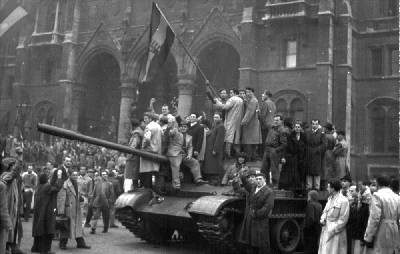
The Hungarian Revolt of 1956
When Stalin died in 1953, Khrushchev campaign ushered a period of modern liberalization, known as Destalinization. As a result in Hungary, the reformist Imre Nagy replaced Rakosi, who was a favorite of Stalin. On 14 May 1955, the Soviet Union created the Warsaw Pact, according to which Hungary and all the satellite states were to be a part of the Soviet Union. Rakosi’s resignation emboldened the people of Hungary and wanted to rebel the Warsaw Pact. This was the beginning of the Hungarian Revolt.
The Revolt began with a student uprising, which attracted thousands as it went through central Budapest to the Hungarian Parliament Building. A student delegation was detained and protestors demanded their release, the State Security Police, known as the AVH, fired upon them. The revolt intensified and spread quickly across Hungary. The government collapsed and a new government formally disbanded the AVH and declared that they would withdraw from the Warsaw Pact.
On 4 November, a large Soviet army invaded Hungary with 31,500 troops. What followed was brutal suppression of the Hungarian Revolt. The Hungarian resistance continued until 10 November during which approximately 3000 civilians and 700 Russian troops were killed and 200,000 fled as refugees. Mass arrests continued and by January 1957, the new Soviet Government had suppressed all forms of opposition and the Hungarian revolt ended.
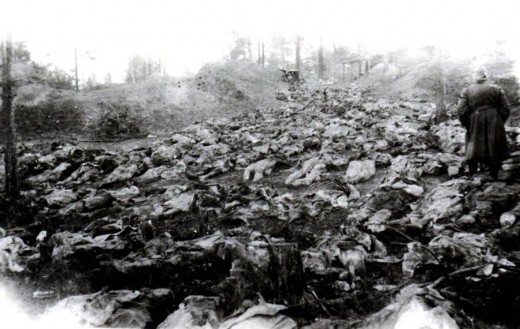
NKVD and the Katyn Massacre
The NKVD was a law enforcement agency under the All-Union Communist Party. It acted as the regular police force. However, its classified activities made it infamous. Under Stalin’s rule, the NKVD was led by Lavrenti Beriya, carried out mass arrests, deportations and executions. All those that needed to be eliminated according to Stalin’s list, were executed by the NKVD. Many were executed just to meet quotas.
One of such killings took place at the Katyn forest where series of mass execution of Polish military officials carried out by the NKVD in April and May 1940.
On 1 September 1939, the invasion of Poland began by Nazi Germany began which started the 2nd World War. On 17 September, the Soviet invaded Poland according to the Molotov-Ribbentrop Pact. The Soviet Army was met with little resistance and as a result, about 250,000 to 454,700 were captured. Some escaped but about 125,000 were imprisoned. According to the pact, some prisoners were transferred to Germany while some to the Soviet Union.
On 19th September, Beriya ordered the NKVD in Poland to control the prisoners. The NKVD took the prisoners from the Red Army and transported them to camps in Western Russia. According to a report, about 40,000 Polish POW were being held at these camps. In December, a new wave of arrests resulted in an increase of these prisoners.
On 5 March 1940, an order signed by the Politburo signed an order regarding the 25,700 prisoners. The Soviet leaders viewed the Polish prisoners as a problem and needed them to be executed as they might pose a problem to the Soviet leaders. The order signed by Politburo stated that these prisoners had to be executed.
The killings were to be methodical. After the convicted inmate’s personal information was approved, they were handcuffed and led to a cell insulated with stacks of sandbags along the walls, and a heavy, felt-lined door. The victims were told to kneel in the middle of the cell and were then approached from behind by the executioner and immediately shot in the back of the head or neck.
On April 13, 1943, the Germans announced a number of mass graves were discovered around the Katyn Forrest. Estimates suggest that the number of graves counted up to 22,00 with a lower estimate of 21,857. The graves belonged to the Polish POWs who were imprisoned by the Soviet Union and were executed on the orders of Stalin.

